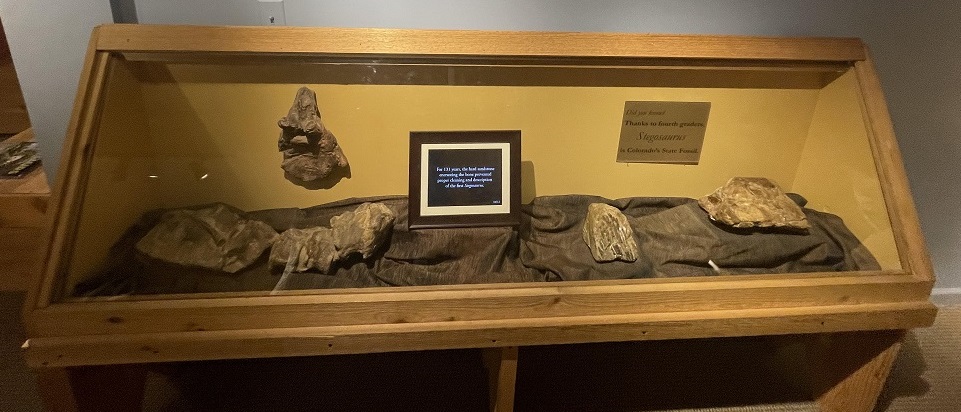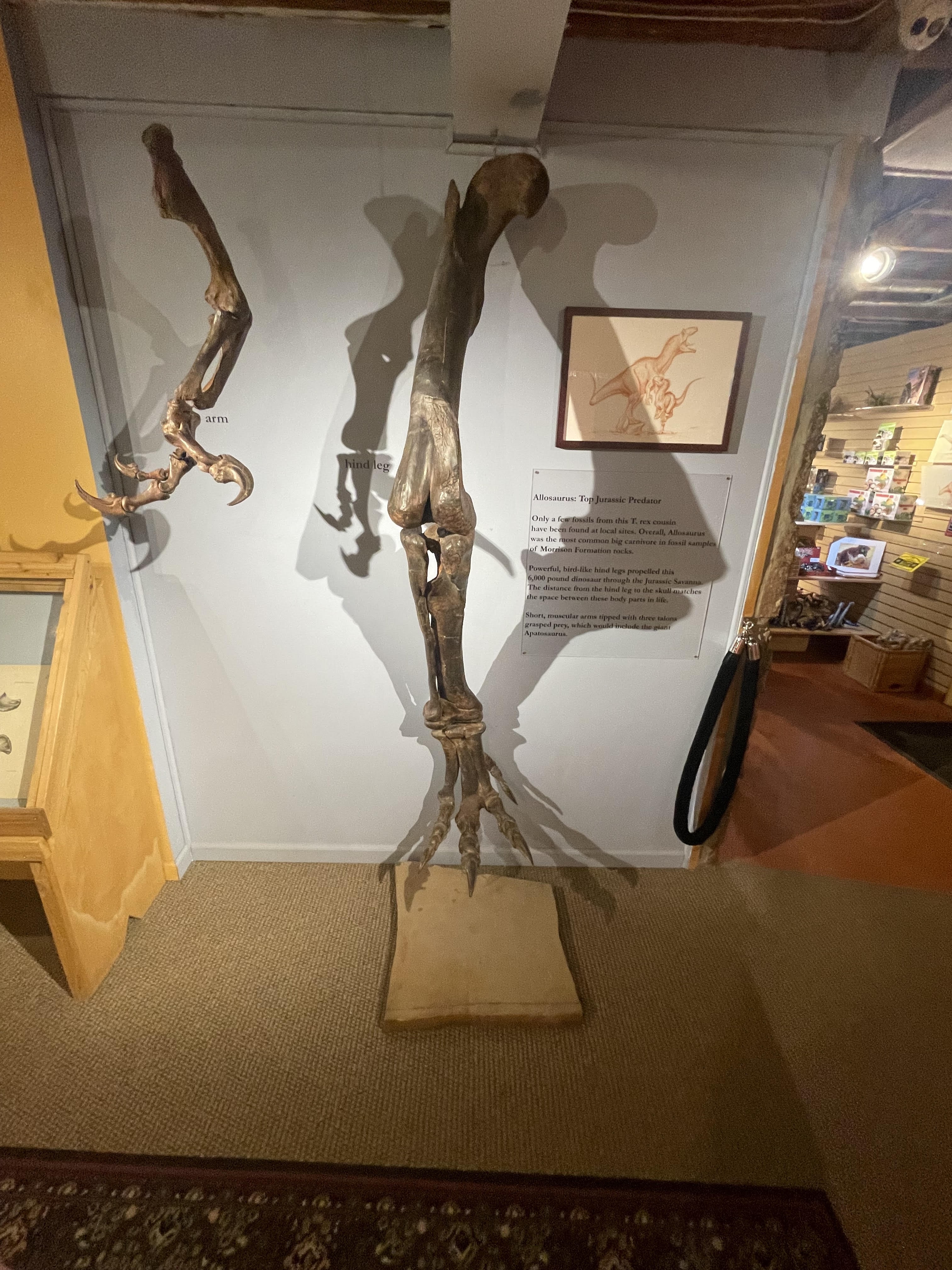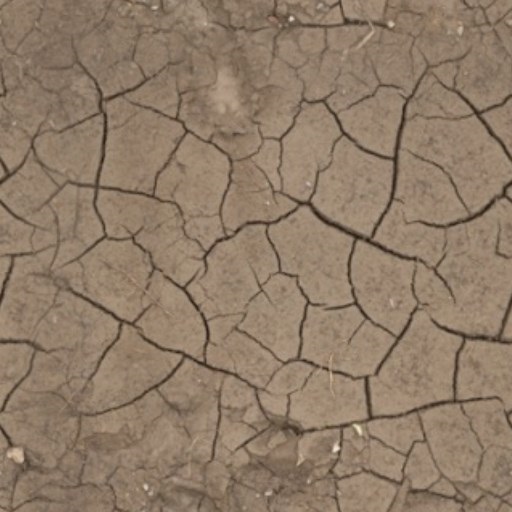Drag Me
Loading Radar...
One Moment Please.
Drag Me
Loading...
Drag Me
Loading...
Drag Me
Loading...
Drag Me
Loading...
Click here to drag, again to release.
Welcome to the Late Jurassic! These animals lived 150 million years ago on a flat plain that was swampy cut by rivers.
 Thank you for visiting.
Thank you for visiting.Please remember to LOG OUT when you are done for the day!
Customize Your Interface
Descriptions provided during option hover.ACTIVE CAMERA:
3rd Person, Default.
CURSOR: Click inworld for navigation/interaction mode. ESCAPE KEY to exit.HELLO: YOU ARE HERE: 3DWebWorldz.com - Private | A virtual tour of the Late Jurassic | #213.
DRAG HUD HERE
Click here to drag, again to release.
Channel:213AVATAR ANIMATIONS
**turn on FREE CAM to lock in animation**
**turn on FREE CAM to lock in animation**
Nudge avatar position.
POINTER HUD - DRAG HERE
DRAG HUD HERE
Click here to drag, again to release.
Click here to drag, again to release.
Change Your Emoji Head. White descriptions = Public Library; Blue Descriptions = Your Private Inventory.
INSTACHAT BUBBLE
*
*
If scrolling is not available on your device, press ESC to regain cursor. Change your 3DWebWorld focus to close this window.

Change your 3DWebWorldz Focus Point to close window or use button below.
You may need to enable browser pop-ups to access links included in this window.
First Stegosaurus

The first Stegosaurus fossils in the United States were found at Dinosaur Ridge in 1877. The bones were fragmented and were sent to Othniel Charles Marsh at Yale who thought they were a turtle. It was not until more complete skeletons were found that this interpretation was corrected. These dinosaurs got up to 30 feet long and had a tail similar to a prehensile tail of a monkey.
Change your 3DWebWorldz Focus Point to close window or use button below.
You may need to enable browser pop-ups to access links included in this window.
If scrolling is not available on your device, press ESC to regain cursor. Change your 3DWebWorld focus to close this window.
Change your 3DWebWorldz Focus Point to close window or use button below.
You may need to enable browser pop-ups to access links included in this window.
Jurassic ferns
There were no flowering plants or deciduous trees (trees that drop their leaves in the Fall) in the Jurassic. There were lots of ferns, conifers, and ginko trees for the plant eating dinosaurs to eat.
Change your 3DWebWorldz Focus Point to close window or use button below.
You may need to enable browser pop-ups to access links included in this window.
If scrolling is not available on your device, press ESC to regain cursor. Change your 3DWebWorld focus to close this window.

Change your 3DWebWorldz Focus Point to close window or use button below.
You may need to enable browser pop-ups to access links included in this window.
Jurassic Allosaurus

Allosaurus was a meat eater in the Jurassic. Shown in this popup is an Allosaurus leg in the Morrison Museum in Colorado
Change your 3DWebWorldz Focus Point to close window or use button below.
You may need to enable browser pop-ups to access links included in this window.
If scrolling is not available on your device, press ESC to regain cursor. Change your 3DWebWorld focus to close this window.
Change your 3DWebWorldz Focus Point to close window or use button below.
You may need to enable browser pop-ups to access links included in this window.
Turtle (Dinochelys)
Many different species of small land turtles, like this Dinochelys, lived in the Jurassic Period of North America.
Change your 3DWebWorldz Focus Point to close window or use button below.
You may need to enable browser pop-ups to access links included in this window.
If scrolling is not available on your device, press ESC to regain cursor. Change your 3DWebWorld focus to close this window.

Change your 3DWebWorldz Focus Point to close window or use button below.
You may need to enable browser pop-ups to access links included in this window.
mudcracks

No dinosaurs here, but based on the geologic evidence, mudcracks formed in the sand indicating this area was flooded and dried out over time.
Change your 3DWebWorldz Focus Point to close window or use button below.
You may need to enable browser pop-ups to access links included in this window.
If scrolling is not available on your device, press ESC to regain cursor. Change your 3DWebWorld focus to close this window.
Change your 3DWebWorldz Focus Point to close window or use button below.
You may need to enable browser pop-ups to access links included in this window.
Ceratosaurus
Ceratosaurus had a large, flat horn on its nose. The horn was too fragile to be a weapon, and it was much better for showing off to other dinosaurs. Only one Ceratosaurus tooth has ever been discovered at Dinosaur Ridge.
Change your 3DWebWorldz Focus Point to close window or use button below.
You may need to enable browser pop-ups to access links included in this window.
If scrolling is not available on your device, press ESC to regain cursor. Change your 3DWebWorld focus to close this window.
Change your 3DWebWorldz Focus Point to close window or use button below.
You may need to enable browser pop-ups to access links included in this window.
Apatosaurus
Apatosaurus had a long neck for browsing on low foliage like ferns near the ground. It did not rear up on it's hind legs like Camarosaurus or Brachiosaurus. It was like a vacuum cleaner using it's long neck to get deep into the forest.
Change your 3DWebWorldz Focus Point to close window or use button below.
You may need to enable browser pop-ups to access links included in this window.
If scrolling is not available on your device, press ESC to regain cursor. Change your 3DWebWorld focus to close this window.
Change your 3DWebWorldz Focus Point to close window or use button below.
You may need to enable browser pop-ups to access links included in this window.
Lungfish (Ceratodus)
Lungfish like this one are still living in the waters of the southern hemisphere. They have big teeth for crushing prey and lungs for breathing air, instead of gills.
Change your 3DWebWorldz Focus Point to close window or use button below.
You may need to enable browser pop-ups to access links included in this window.
If scrolling is not available on your device, press ESC to regain cursor. Change your 3DWebWorld focus to close this window.
Change your 3DWebWorldz Focus Point to close window or use button below.
You may need to enable browser pop-ups to access links included in this window.
Crocodile (goniopholidid)
Ancient crocodile relatives, like this Diplosaurus, had long snouts full of sharp teeth. They prowled the waterways for prey, just like living crocodiles.
Change your 3DWebWorldz Focus Point to close window or use button below.
You may need to enable browser pop-ups to access links included in this window.
If scrolling is not available on your device, press ESC to regain cursor. Change your 3DWebWorld focus to close this window.
Change your 3DWebWorldz Focus Point to close window or use button below.
You may need to enable browser pop-ups to access links included in this window.
2 Stegosaurus
Trackways from Stegosaurus and long-necked sauropod dinosaurs include giants and very small animals. This suggests that adults and young animals all moved together in groups. Stegosaurus got up to 30 feet long at Dinosaur Ridge and the Stegosaurus at the Virginia Museum is 17 feet long.
Change your 3DWebWorldz Focus Point to close window or use button below.
You may need to enable browser pop-ups to access links included in this window.
If scrolling is not available on your device, press ESC to regain cursor. Change your 3DWebWorld focus to close this window.
Change your 3DWebWorldz Focus Point to close window or use button below.
You may need to enable browser pop-ups to access links included in this window.
Ginkgo Tree
Ginkgo trees like this one and conifers (pine trees) dominated Jurassic forests. Deciduous trees (ones that drop their leaves) like magnolias, maples, oak would evolve tens of millions of years later.
Change your 3DWebWorldz Focus Point to close window or use button below.
You may need to enable browser pop-ups to access links included in this window.
If scrolling is not available on your device, press ESC to regain cursor. Change your 3DWebWorld focus to close this window.
Change your 3DWebWorldz Focus Point to close window or use button below.
You may need to enable browser pop-ups to access links included in this window.
Horsetails
Horsetails are an ancient group of plants that grew along the shores of ancient lakes and rivers.
Change your 3DWebWorldz Focus Point to close window or use button below.
You may need to enable browser pop-ups to access links included in this window.
3DWebWorldz.com
Users with region building rights:
Region Owner: Dae Miami
Region Owner: Dae Miami

